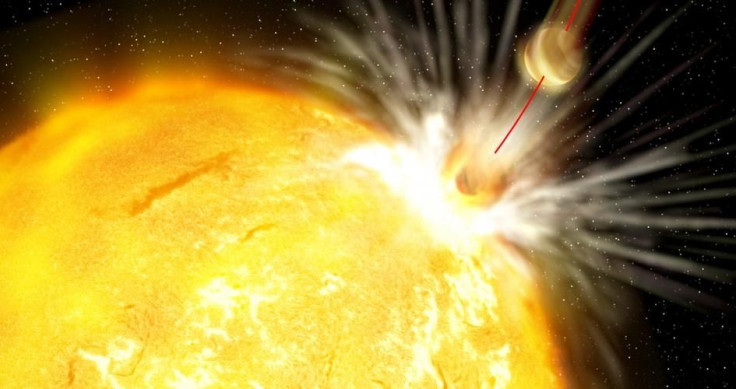A Sun-Like ‘Death Star’ That Consumed Its Planets Discovered

Stars that are very similar to the sun are called solar twins and astronomers like to study them, especially if they also happen to have exoplanets orbiting them, to better understand the evolution of planetary systems, which would also provide valuable insight into the nature of our own solar system.
When an international team of researchers studied HIP68468, a solar twin about 300 light years away, they discovered the star quite likely consumed planets that once orbited it. The solar twin’s composition revealed it contains four times more lithium than a start of its age — about 6 billion years — would be expected to have. It also contains a larger than usual amount of metals that are resistant to heat and are found in abundance in rocky planets.
“It can be very hard to know the history of a particular star, but once in a while we get lucky and find stars with chemical compositions that likely came from in-falling planets. That’s the case with HIP68468. The chemical remains of one or more planets are smeared in its atmosphere,” Debra Fischer, a professor of astronomy at Yale University who was not involved in the research, said in a statement.
The amount of lithium and the engulfed rocky planet material in the atmosphere of HIP68468 adds up to the equivalent of the mass of six Earths.
Dispelling the notion that the similarity of the “Death Star” — a nickname scientists gave HIP68468 after the fictional planet-destroying artificial structure in the “Star Wars” films — to the sun meant any danger to Earth, Jacob Bean, assistant professor of astronomy and astrophysics at University of Chicago and co-author of the study, said in the statement: “It doesn’t mean that the sun will ‘eat’ the Earth any time soon. But our discovery provides an indication that violent histories may be common for planetary systems, including our own.”
It is predicted that when the sun starts to expand into a red giant, about 5 billion years from now, Mercury will eventually fall into the fiery ball. Venus may follow, but the fate of Earth is as yet very uncertain. The study of solar twins and exoplanets is therefore important to get more definitive answers.
The HIP68468 study was published in the journal Astronomy & Astrophysics.
© Copyright IBTimes 2024. All rights reserved.





















